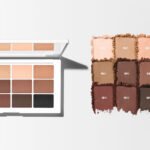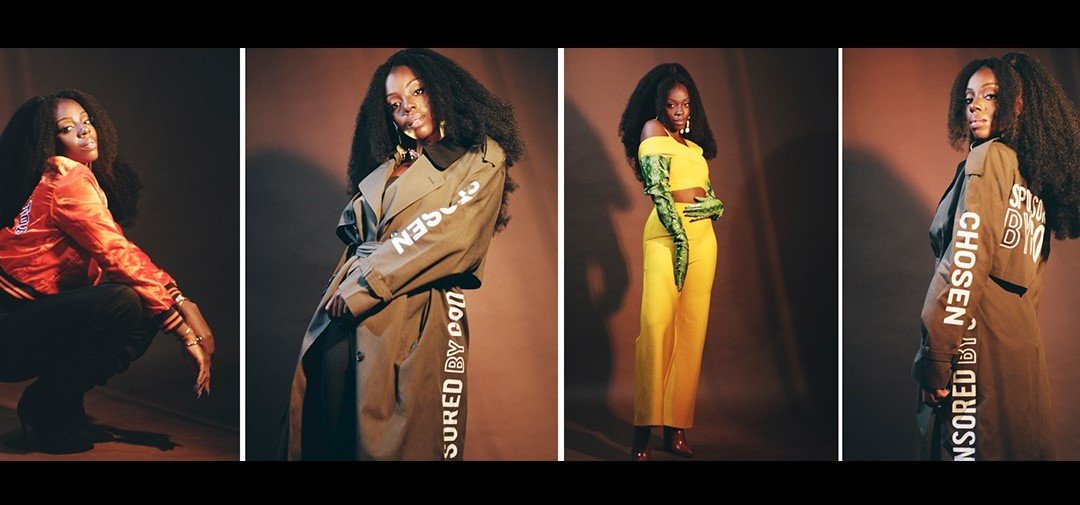From living her dream life in New York to working as a costume designer spanning theatre, opera, dance, and film. Costume Designing is an art, and Fan Zhang is a pro at giving an entirely new perspective to her costumes!
Team Credits:
Director: Don Stephenson
Costume Designer: Fan Zhang

“The more I learned about fashion, the more I realized that there is nothing quite like it that allows people to express themselves so directly.”
Hi Fan, how did you get into costume designing?
I liked drawing and fashion from a young age, so I chose to study fashion design in college. The more I learned about fashion, the more I realized that there is nothing quite like it that allows people to express themselves so directly. Rather than following fashion trends, I became more interested in fashion history and creating characters through clothing. I decided to pursue my further studies in costume design in the United States, which is exactly what I wanted, and it opened the door to a whole new world for me.
From all the projects that you have been a part of, what unique challenges do the musicals present?
One of the greatest challenges in designing for musicals is that everything needs to fall on the beats. If, you have only two measures of music to complete a quick costume change, that’s all the time you have. Even if you are one beat late, the audience will notice. This requires a lot of planning, problem-solving, creative solutions, and sometimes, engineering of costumes. Additionally, collaborating with the choreographer is enormously important. On top of everything, the costumes need to accommodate the movement and work aesthetically cohesively with the choreography.

“Rather than following fashion trends, I became more interested in fashion history and creating characters through clothing.”
We saw that you recently worked as the costume designer for the musical Paperboy. How was your experience, and what were the highlights of your work?
When I was first offered the costume designer position for Paperboy, I was very excited. I didn’t only like the story, but also wanted to design for new productions and create something original. When the director Don Stephenson and I first discussed the concept of this musical, Don mentioned a couple of words “memory, real, and unreal”; like when we all travel back into our memories, the human mind likes to add “filters” to these recollections that make us ask, “Did that really happen or was it just a dream?”. This helps to set up the tone of the show, which has some moments in the story that are illusory. To help the audience understand when they are real and when they are not real, Don and I came up with the idea of using colour schemes to distinguish between real and unreal characters. I wanted the audience watching the show to feel like they were opening an old photo album and travelling back to that hot summer in Memphis in 1959, where the Paperboy’s adventure took place.
Can you share with us your experience working with the director Don Stephenson?
Don is an absolute delight to work with. He has a very clear vision of what the show should look like, and he plans things out ahead of time so the designers have enough time to prepare their work. He trusts the designers and lets them do their jobs.

“I decided to pursue my further studies in costume design in the United States, which is exactly what I wanted, and it opened the door to a whole new world for me.”
Which is one of the best pieces of advice you have ever received?
Never say no to the project, and secondly, you never know what leads to the next.
You are currently based in New York City; how does the city found your creative side?
I am so lucky that I have the opportunity to do what I love in NYC, not to mention that NYC is the heart of theatres and the arts. The resources that surround me are just heaven, and the diversity of this city is incomparable. I get every inspiration from people every day. One of my favourite activities in the city is to hop on a subway train and just observe people: what they wear, what their personality or occupation might be and where they are going; it never gets old.
What do you like to do in your spare time?
Besides observing people on the subway or street, not in a creepy way, I also like to go for figure drawings with live models. There are so many drawing studios you can go to, and yet again, there is no place like New York.
What is your aspiration for the future?
Always to put my best efforts for the next show.















